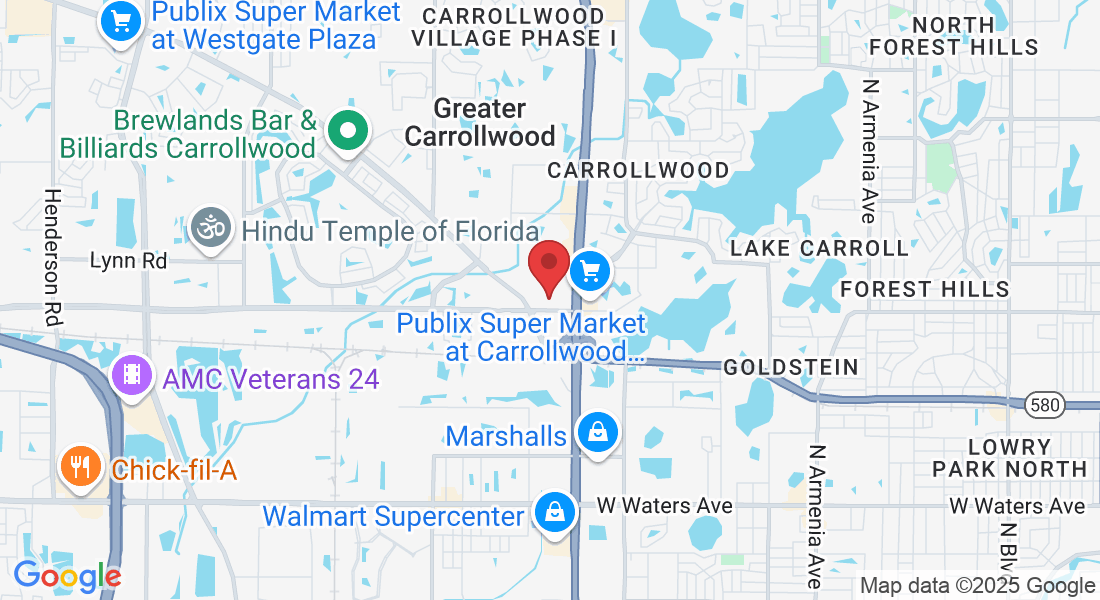CALL NOW & SCHEDULE TODAY
Our Blog
Here you will find free financial tips and actionable items that can help you make better financial decisions, and get you on the path to financial independence. Here's to your success!

5 Key Differences Between 529 Plans and ESAs Every Parent Should Know
Hey there, savvy parents!
Today, we're diving deep into the world of saving for your kiddos' education. It's a jungle out there, but don't worry—I'm here to be your guide. We're tackling the big question: 529 Plans or Education Savings Accounts (ESAs)? Which one's the golden ticket to Education Savings Wonderland? Let's roll up our sleeves and find out.
Introduction: The Savings Showdown
Picture this: two savings plans enter the ring—529 Plans and ESAs. Both are flexing their muscles, ready to help you save for your child's future. But which one will be the champion for your family? It's time to break it down, round by round, so you can place your bet wisely.
Round 1: What's in a Name?
- 529 Plans: These are the heavyweights of the education savings world. Named after Section 529 of the Internal Revenue Code, they're designed to pack a punch with tax benefits and savings power for college and, in some cases, K-12 tuition.
- ESAs: Also known as Coverdell Education Savings Accounts, ESAs are more like the agile, versatile fighters. They offer tax-free earnings growth and withdrawals for a wide range of educational expenses, from kindergarten through college.
Round 2: The Money Match - Contribution Limits
- In the ESA Corner: You can contribute up to $2,000 per year for each child. It's a solid start, but there's a cap that might not cover all the rounds.
- In the 529 Corner: No specific annual limit, folks. You can contribute heaps—up to $15,000 per year without hitting the gift tax or even up to $75,000 in one go if you're opting for a five-year advance. That's a knockout punch for high savers!
Round 3: The Investment Smackdown - Investment Options
- ESAs: You've got choices galore, from stocks and bonds to mutual funds. But remember, you've got to be a savvy investor because you're in the driver's seat.
- 529 Plans: Broader options, sure, but they're often managed by the plan. It's like having a heavyweight coach in your corner, guiding your investment punches.
Round 4: The Tax Tussle - Tax Benefits
- ESAs: Your earnings grow tax-free, and withdrawals for educational expenses don't get taxed. It's a slick move for sure.
- 529 Plans: Similar tax-free growth and withdrawals for qualified expenses. But here's the uppercut—some states throw in a tax deduction or credit for your contributions. That's a one-two punch!
Round 5: The Expense Rumble - Qualified Expenses
- ESAs: Tuition, books, supplies, even uniforms and computers, as long as it's for school, you're golden.
- 529 Plans: They've widened the ring—tuition for K-12 and college, room and board, books, and even some tech. It's a broad swing that connects with more expenses.
Round 6: The Age Agility - Age Restrictions
- ESAs: The clock is ticking; funds must be used by age 30. It's a countdown that adds pressure.
- 529 Plans: Time's on your side, with no age limits. Whether your kid's a prodigy or a late bloomer, the plan's in their corner.
Conclusion: The Champion's Choice
Folks, we've seen a fierce match today. Both plans have their strengths, but the right choice? It's as personal as your child's education journey. It's about your savings style, your financial goals, and yes, your dreams for your kids.
Call to Action: Tag In a Pro
Don't go at it alone. Tag in a professional—like us at J&M Financial Services. We're here to coach you through choosing the right plan for your family's future. Let's make those education savings dreams a reality.
Remember, parents, in the ring of education savings, knowledge is your best move. Let's get those savings in shape and fight for your kids' bright futures!
And that's the bell, folks. Until next time, keep saving smart and living well.
FAQ Section
Q1: Can I have both a 529 Plan and an ESA for my child?
Absolutely! It's like having both a right and left glove; they can work together. You can contribute to both a 529 Plan and an ESA for the same beneficiary, just keep an eye on the contribution limits for each to maximize your tax benefits.
Q2: Are there income limits for contributing to 529 Plans or ESAs?
For ESAs, yes. There's a cap on how much you can earn to contribute the full amount. For 529 Plans, there are no income limits. Whether you're earning a little or a lot, you can contribute to a 529 Plan.
Q3: What happens if my child doesn't go to college?
For ESAs, funds must be used by age 30, but you can always change the beneficiary to another family member. For 529 Plans, you can also change the beneficiary or even use the funds for non-educational expenses, though you may face taxes and penalties on earnings. Some 529 Plans even allow for apprenticeship programs or paying off student loans.
Q4: Can 529 Plan funds be used for international schools?
Yes, many 529 Plans allow for withdrawals to be used at accredited international institutions. It's like having a passport for your college savings!
Q5: How do I choose the best plan for my family?
Consider your financial situation, savings goals, and the educational needs of your child. Consulting with a financial advisor can help tailor your strategy to your family's unique situation, ensuring you make the best choice.
Key Takeaways
1. Flexibility vs. Control: ESAs offer more investment control, but 529 Plans offer unmatched flexibility in contributions and educational expense coverage.
2. Tax Benefits Galore: Both plans offer tax-free growth and withdrawals for qualified educational expenses, but 529 Plans might also offer state tax advantages.
3. Contribution Limits: ESAs have a lower contribution limit and income restrictions, while 529 Plans allow you to save more, making them suitable for larger education savings goals.
4. Qualified Expenses: 529 Plans cover a broader range of educational expenses, including tuition for K-12 education, which makes them a versatile option for many families.
5. Age and Time: ESAs come with an age limit, while 529 Plans are more flexible, allowing your savings to grow until they're needed, regardless of the beneficiary's age.
Remember...
Choosing between a 529 Plan and an ESA is like picking the right tool for the job—it all depends on your specific family needs, financial situation, and educational goals. Consult with a financial professional to navigate these options and make the best decision for your child's future.
Armed with this guide, you're now ready to make an informed decision about saving for your child's education. Here's to smart savings and brighter futures!
Our mission at J&M Financial Services is simple: to empower families to achieve financial peace of mind. We achieve this by upholding values like integrity, trust, and an unwavering dedication to your financial success.
10008 N Dale Mabry Hwy
Ste 100-S
Tampa, FL 33618
888-681-7506
Copyright © 2025 J&M Financial Services - All Rights Reserved


